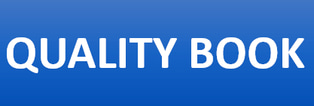APQP
Complex products and supply chains present plenty of possibilities for failure, especially when new products are being launched. Advanced Product Quality Planning (APQP) is a structured process aimed at ensuring customer satisfaction with new products or processes.
APQP has existed for decades in many forms and practices. Originally referred to as Advanced Quality Planning (AQP), APQP is used by progressive companies to assure quality and performance through planning. Ford Motor Company published the first Advanced Quality Planning handbook for suppliers in the early 1980’s. APQP helped Ford suppliers develop appropriate prevention and detection controls for new products supporting the corporate quality effort. With lessons learned from Ford AQP, the North American Automotive OEM’s collectively created the APQP process in 1994 and then later updated in 2008. APQP is intended to aggregate the common planning activities all automotive OEM’s require into one process. Suppliers utilize APQP to bring new products and processes to successful validation and drive continuous improvement.
There are numerous tools and techniques described within APQP. Each tool has potential value when applied in the correct timing. Tools that have the greatest impact on product and process success are called the Core Tools. The Core Tools are expected to be used for compliance to IATF 16949. There are five basic Core Tools detailed in separate guideline handbooks, including Advanced Product Quality Planning (APQP).
APQP (Advanced Product Quality Planning) is a structured approach used in automotive industry to meet customer's requirement during new product & service development.
APQP allows customers to easily communicate customer's requirement to supplier which reduce risk from initial stage of quality planning to complete product realization.
Product development stage required many inputs & outputs at every stage
•Advanced Product Quality Planning method to assure that a product satisfies the customer (both internal and external)
•The goal of APQP is to:
Plan before acting
Anticipate and prevent issues
Validate before moving forward
Facilitate communication
What is APQP?
Ford Motor Company published the first Advanced Quality Planning handbook for suppliers in the early 1980’s.
With lessons learned from Ford AQP, the North American Automotive OEM’s collectively created the APQP process in 1994 and then later updated in 2008.
Latest revision of APQP manual is 2nd edition.
History
Ensures that the new product & service meet customer's requirements
New product & process completion on time
Minimal or no quality issue with customer product and process requirement
Proper communication & collaboration in implementation of scheme
Improve manufacturing & assembly design
Minimal quality risk with product launch
Objectives
Plan & Define
Product Design & Development
Process Design & Development
Product & Process Validation
Feedback Assessment & Corrective action
Phases of APQP
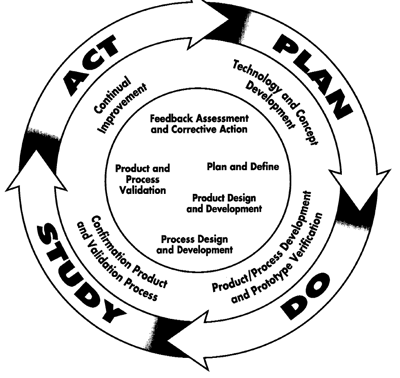

Organize cross-functional team
Assign responsibility to cross functional team
Team must be selected from all departments like Engineering, Sales, Marketing, Purchase, Material Recipt, Quality, Production, Maintenance, Contractor and as per requirement.
Identify customer's need, expectations & requirements at the earliest stage
Select a project team leader for overseeing the planning process
Define the roles & responsibilities of all area representative.
Identify customers- Internal & External
Define customer's requirement
Select the disciplines, Individual or subcontractor that must be added to the team, and those not required.
Understand customer expectations like design, Tests etc.
Assess the feasibility of the proposed design, performance requirement & manufacturing process.
Identify costs, timing and constraints must be considered.
Determine assistance required from Customer.
Identify documentation processes & methods.
CFT Formation
SCOPE
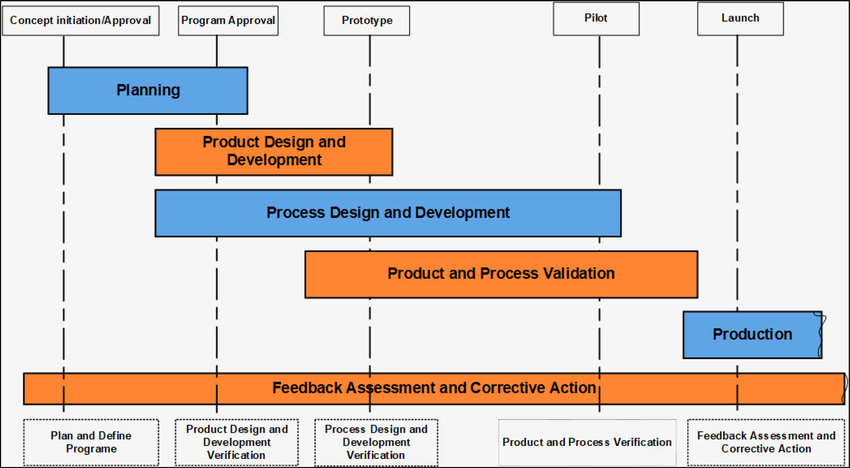


Phase-1 Plan & Define Program
This phase explain how to determine customer's need & expectation to plan & define a quality program.
Some inputs & outputs may vary according to customer needs & expectation with respect to product or services.
Voice of Customer
Historical Warranty & Quality Information
Market Research
Team Experience
Business Plan & Market Strategy
Product/Process benchmarking data
Product/Process Assumptions
Customer Input
Product Reliability Study
Design Goal
Reliability & Quality Goal
Preliminary Bill of Material
Preliminary Process Flow Chart
Preliminary listing of special product & process characteristics
Product Assurance Plan
Management Support
INPUT
OUTPUT
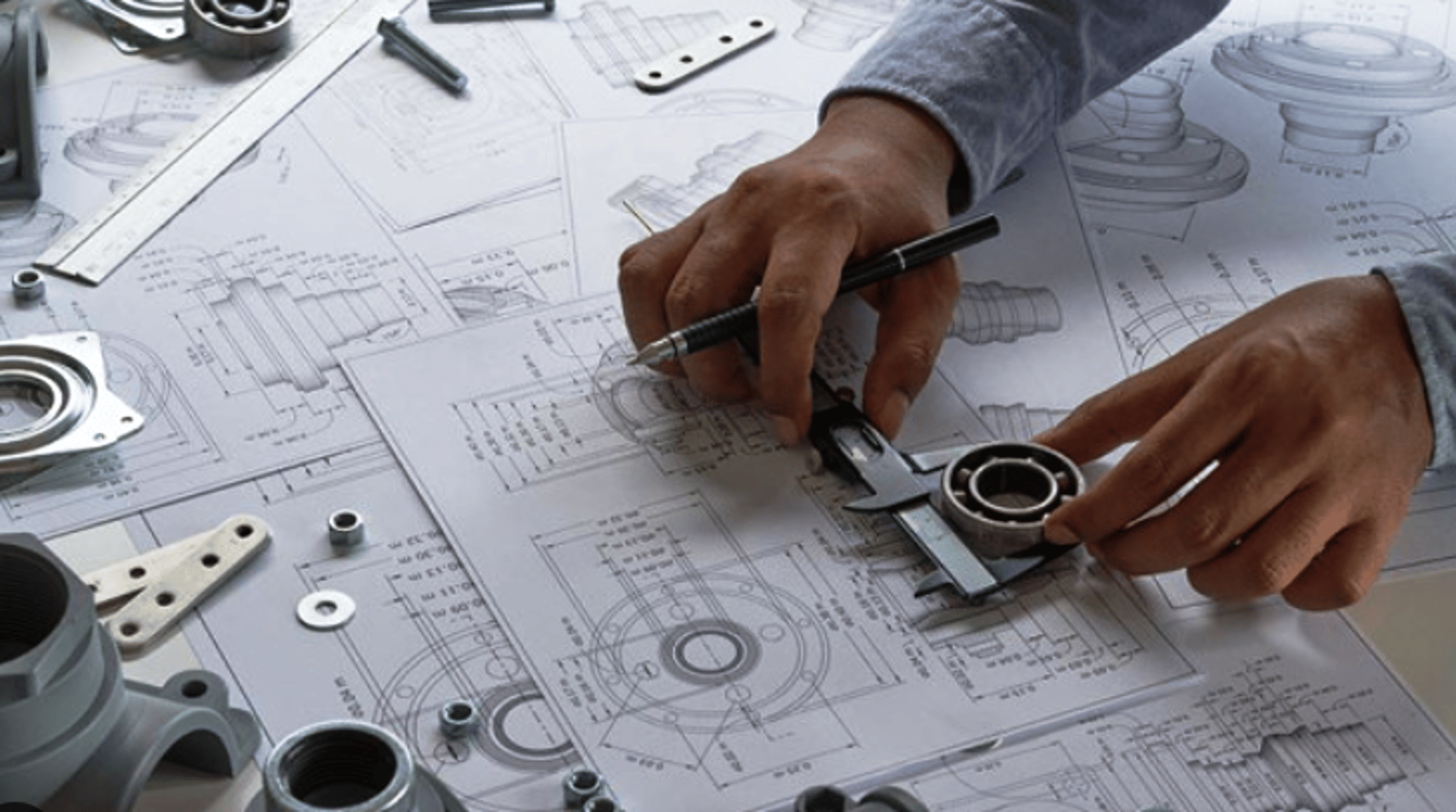
Phase-2 Product Design & Development
This phase explain the planning process of product features & characteristics in near form and preliminary feasibility study of design prevents the defects in initial manufacturing stage.
Some inputs & outputs may vary according to customer needs & expectation with respect to product or services.
Design Failure Mode and Effects Analysis (DFMEA)
Design for Manufacturability & Assembly
Design Verification
Design Review
Prototype Build- Control Plan
Engineering Drawing
Engineering Specification
Material Specification
Drawing & Specification Changes
New Equipment, Tooling & Facility Requirements
Special product and process characteristics
Gauges & Testing equipment requirements
Team Feasibility commitments & Management Support
Design Goal
Reliability & Quality Goal
Preliminary Bill of Material
Preliminary Process Flow Chart
Preliminary listing of special product & process characteristics
Product Assurance Plan
Management Support
INPUT
OUTPUT
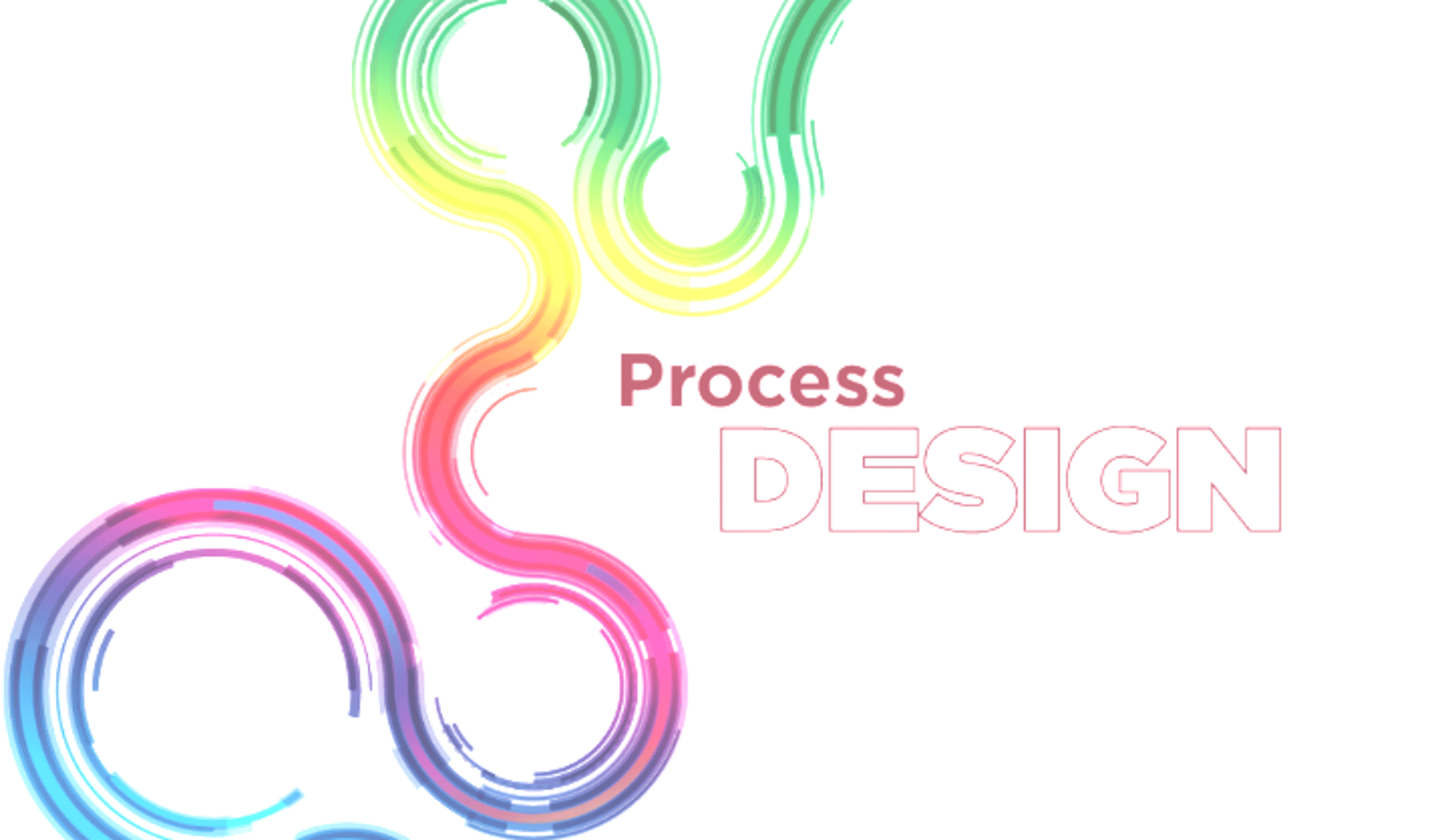
Phase-3 Process Design & Development
This phase explain developing of a manufacturing system & its related control plan to achieve quality product to meet customer's requirements & expectation.
Some inputs & outputs may vary according to customer needs & expectation with respect to product or services.
Design Failure Mode and Effects Analysis (DFMEA)
Design for Manufacturability & Assembly
Design Verification
Design Review
Prototype Build- Control Plan
Engineering Drawing
Engineering Specification
Material Specification
Drawing & Specification Changes
New Equipment, Tooling & Facility Requirements
Special product and process characteristics
Gauges & Testing equipment requirements
Team Feasibility commitments & Management Support
Packaging Standards
Product/ Process Quality System Review
Process Flow chart
floor Plan Layout
Characteristics Matrix
Process Failure Mode & Effect Analysis
Pre Launch Control Plan
Process Instructions
Measurements System Analysis Plan
Preliminary process capability study
Packaging Specification
Management Support
INPUT
OUTPUT
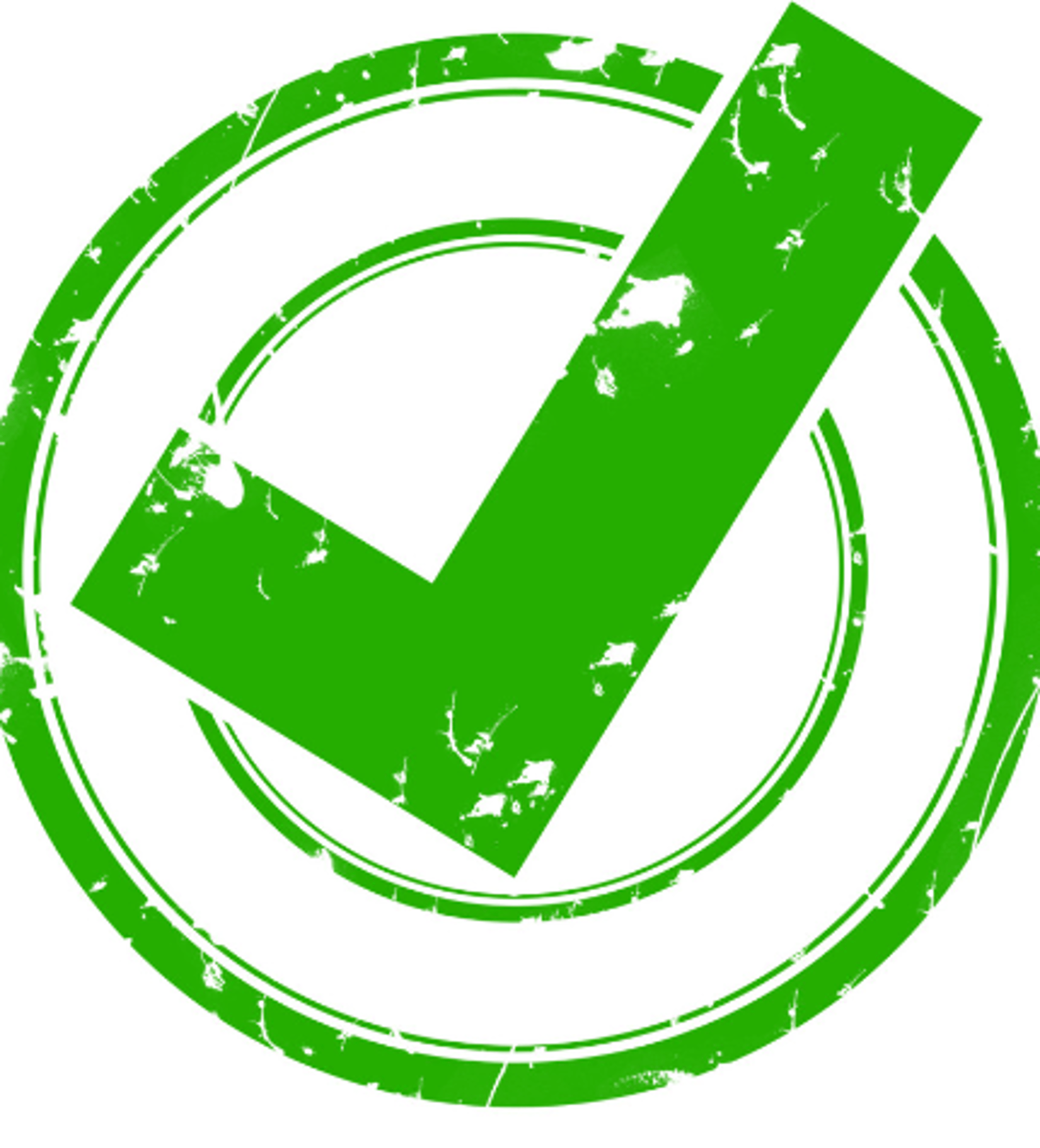
Phase-4 Product & Process Validation
This phase explain validating of manufacturing system with production trial according to Process Flow Diagram & Control Plan to check the Customer requirements and expectations.
Some inputs & outputs may vary according to customer needs & expectation with respect to product or services.
Production Trial Run
Measurement System Evaluation
Preliminary Process Capability Study
Production Part Approval
Production Validation Tag
Packaging Evaluation
Production Control Plan
Quality Planning sign off
Management Support
Packaging Standards
Product/ Process Quality System Review
Process Flow chart
floor Plan Layout
Characteristics Matrix
Process Failure Mode & Effect Analysis
Pre Launch Control Plan
Process Instructions
Measurements System Analysis Plan
Preliminary process capability study Plan
Packaging Specification
Management Support
INPUT
OUTPUT

Phase-5 Feedback, Assessment & Corrective Action
This phase explain evaluation of effectiveness of product quality team effort with continuous monitoring & feed-back mechanism for critical characteristics.
Some inputs & outputs may vary according to customer needs & expectation with respect to product or services.
Production Trial Run
Measurement System Evaluation
Preliminary Process Capability Study
Production Part Approval
Production Validation Tag
Packaging Evaluation
Production Control Plan
Quality Planning sign off
Management Support
Reduced Variation
Customer Satisfaction
Delivery & Services
